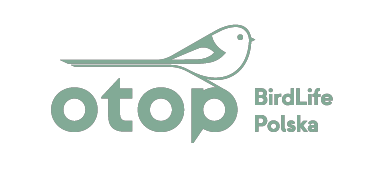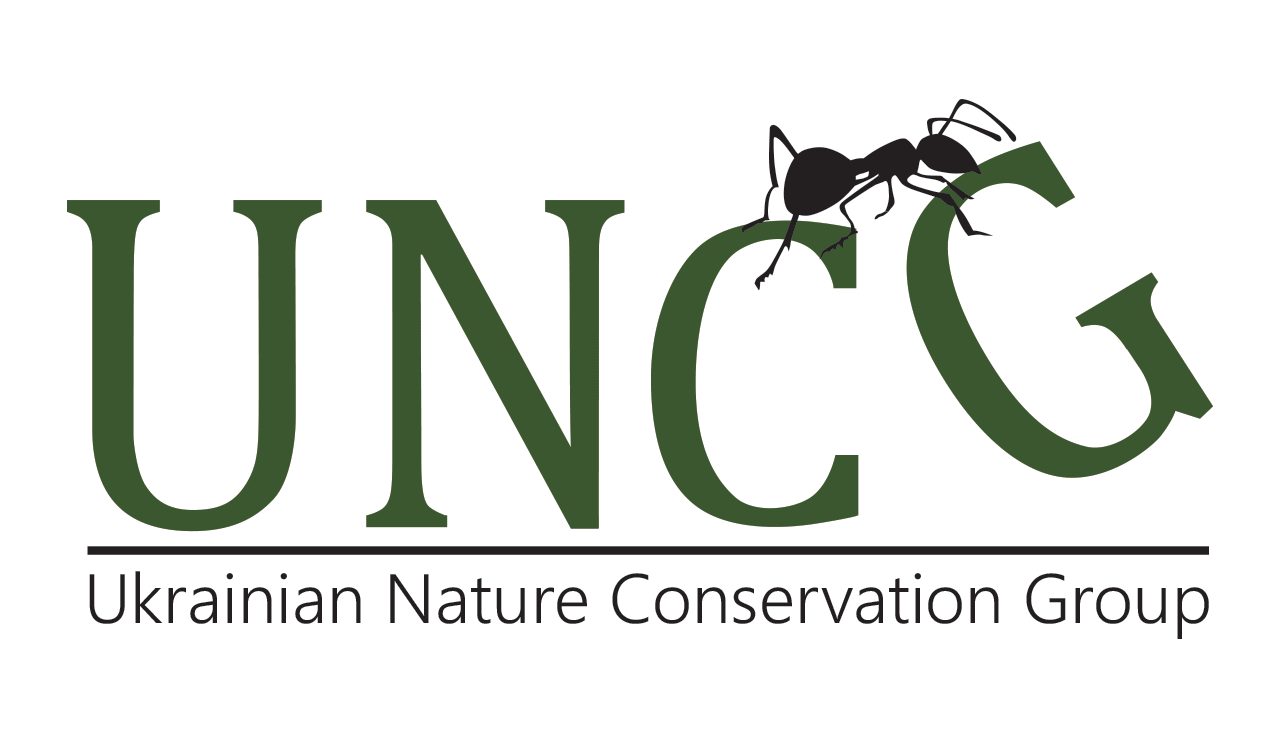
OTOP's private protected area Mścichy - short description
OTOP’s private protected area Mścichy, located between the village of Mścichy and the Biebrza River, has a long history of cattle grazing and hayfield management. Since the 1970s, drainage ditches have been built, but by the late 1980s, farmers abandoned the land. Since 2005, OTOP has purchased part of the area. The area is home to key species like the Aquatic Warbler and Great Snipe, along with a variety of waders, orchids, and larger mammals. OTOP BirdLife Poland manages the land through farming to preserve habitats for these species.

1970
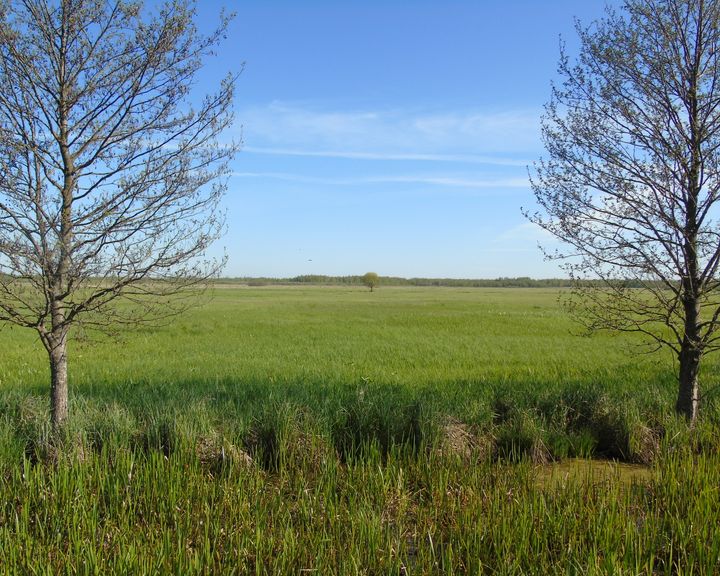
1980

2005
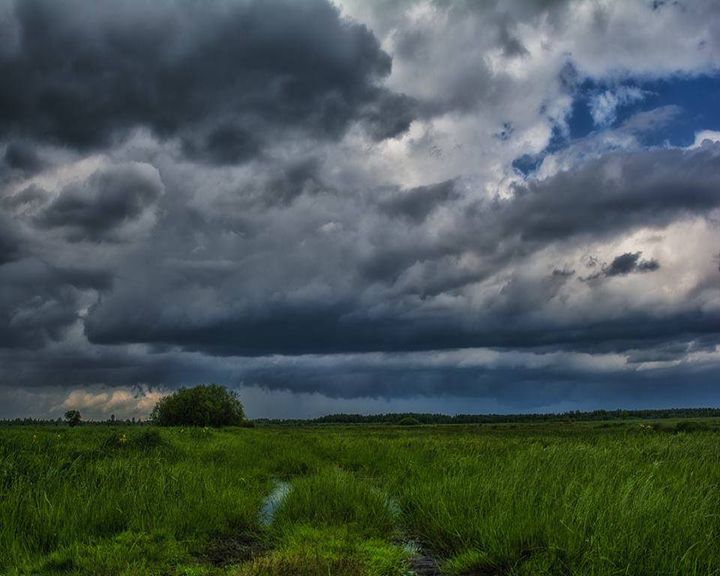
2025
Connectivity
The area of OTOP’s private protected area Mścichy borders the Biebrza National Park and an extensive fen mire to the East. The northern and southern borders are made up by birch and willow thickets and areas that are no longer used by anyone. To the West, the area is surrounded by the village of Mścichy and by meadows and arable fields.
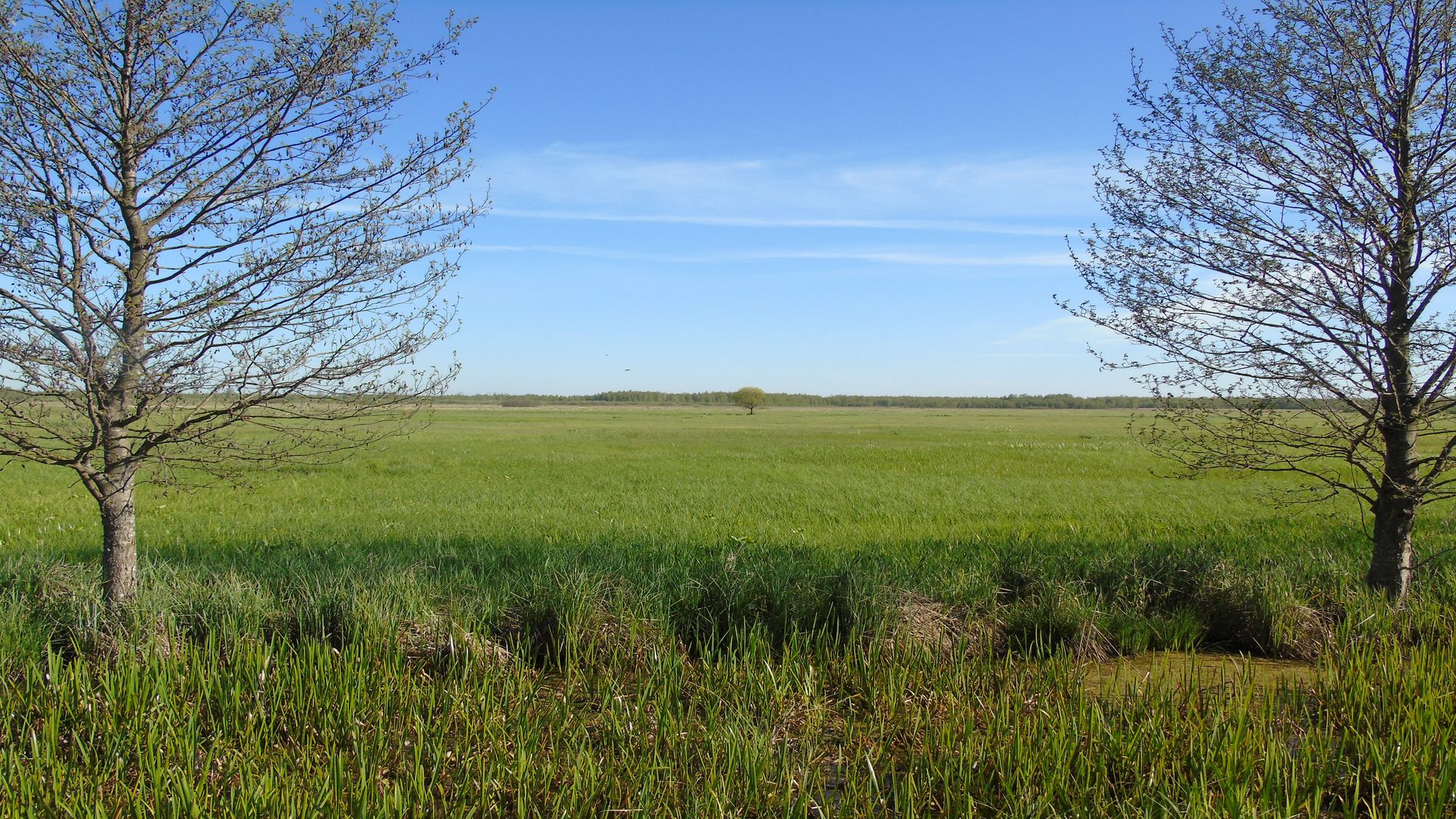
OTOP’s private protected area Mścichy has been an area of cattle grazing and hay meadows for centuries. It was drained in the 1970s. Photo credit: Łukasz Mucha
History
The area of meadows between the village of Mścichy and the river Biebrza has been an area of cattle grazing and hayfields management for centuries. In the 1970s, a network of drainage ditches was built here. At the end of the 1980s, farmers abandoned their plots due to the lack of cultivation possibilities. Since 2005, OTOP BirdLife Poland has bought back part of the land.

photo by Łukasz Mucha
Characteristics of the site
The topography is not much varied, with a few larger and smaller mineral elevations rising out of the midst of the fen mire, especially in the central part of the site. A network of unregulated drainage ditches criss-crossed the site in the 1970s, and remnants of peat extraction for fuel by local people can also be seen in the western part of the area. A gravel road runs through the centre of the site.
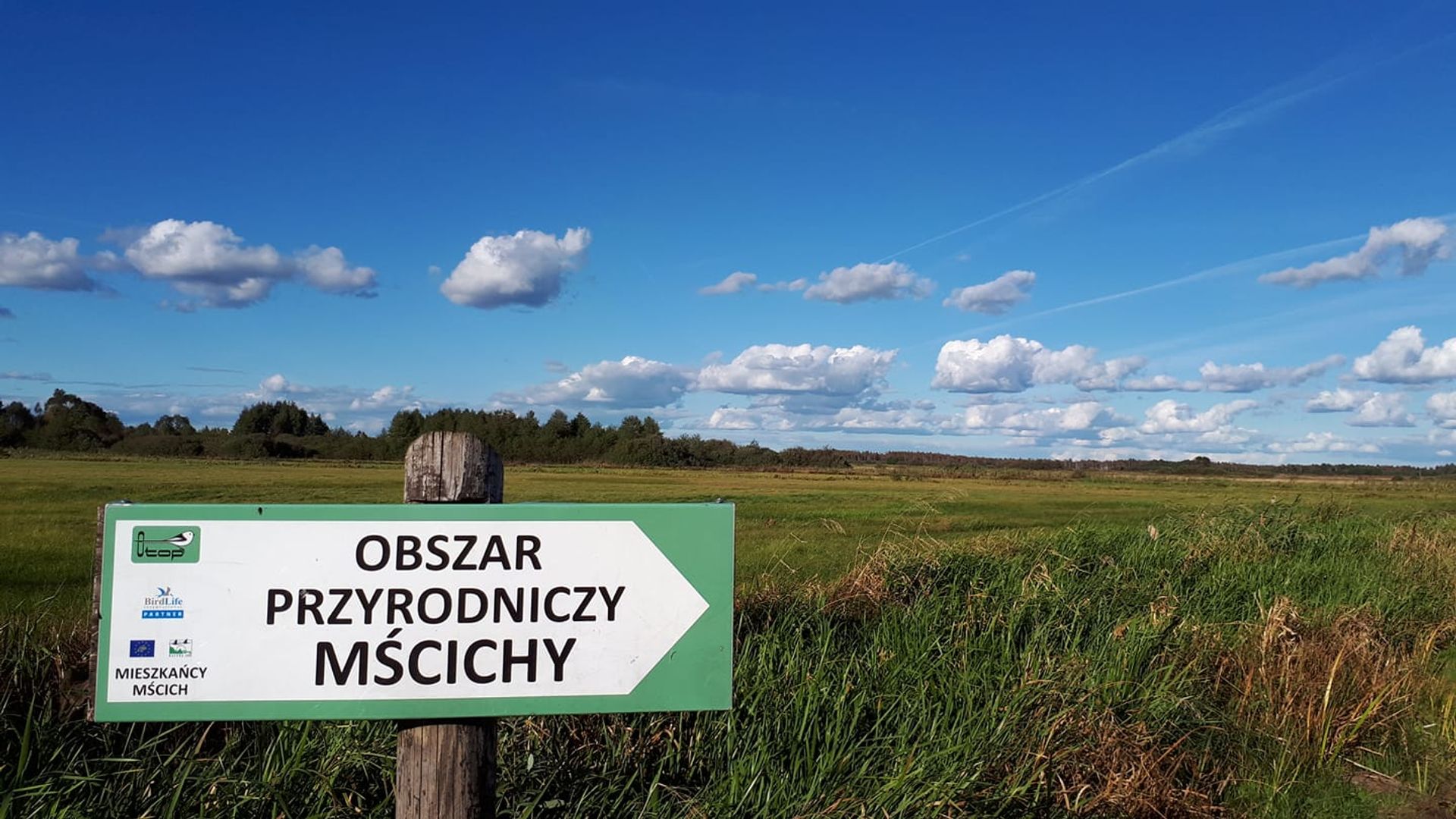
fot. OTOP's archieve
Problem, threats
Until a decade or so ago, the biggest problem was the overgrowth of abandoned plots by willow and alder. Nowadays, drought is an increasing problem due to the general scarcity of water in the landscape. The drainage ditches in the area have become overgrown and silted up and no longer contribute to the drainage of the area. The intensification of agriculture and the increasingly early mowing of meadows has become a growing problem over the last few years.

photo by Monika Klimowicz
Species
Species of particular note are the Aquatic Warbler (Acrocephalus paludicola), and Great Snipe (Gallinago media). Other waders are also present, such as the redshankblack-tailed godwitt, redshank, common snipe and lapwing. Of the plants, orchids and the greater bladderwort (Utricularia vulgaris) are noteworthy. All larger mammals of the Biebrza Valley can be found here: elk, deer, wild boar, roe deer, wolf, badger, raccoon, fox, American mink, ermine.
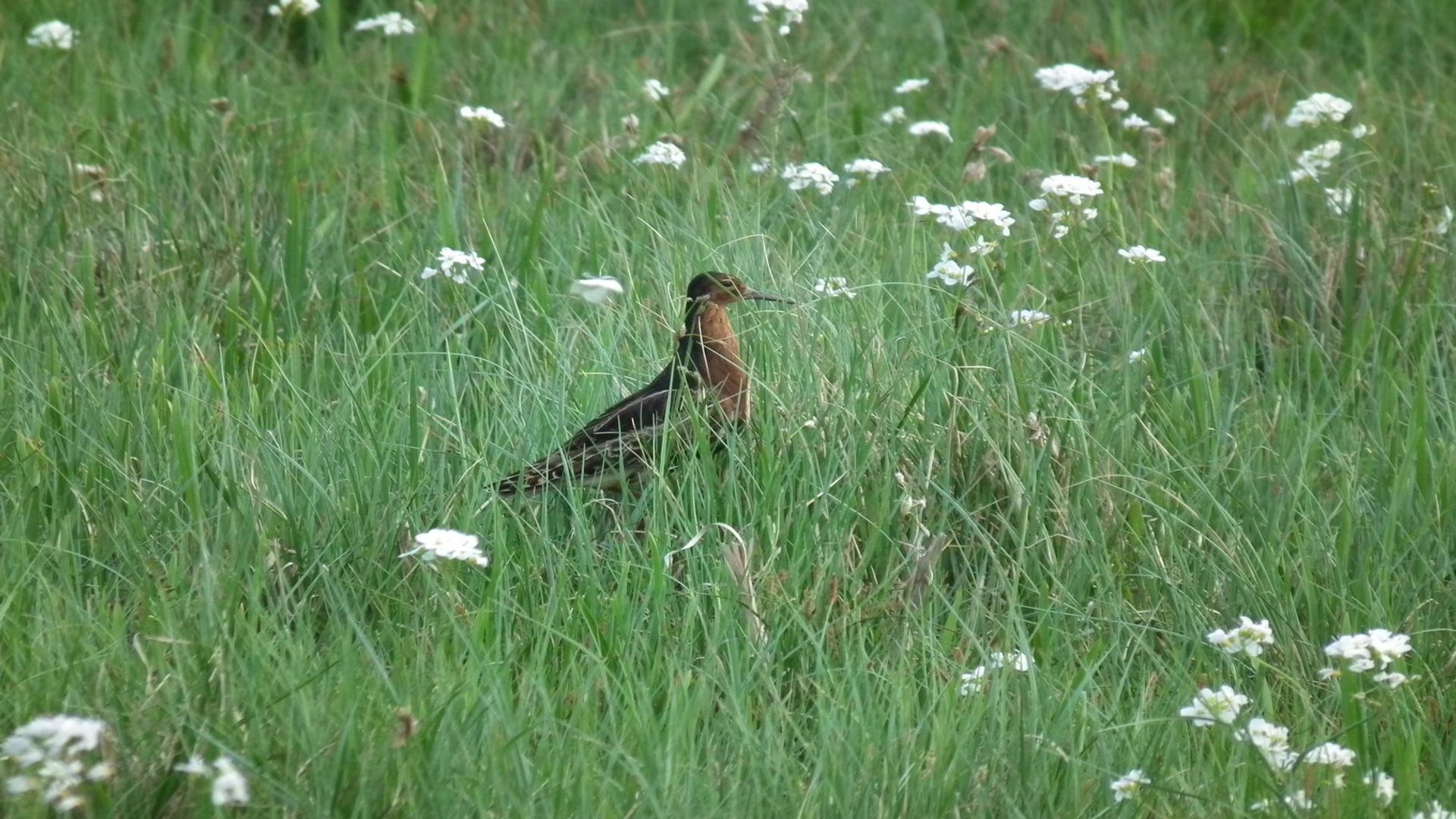
photo by Łukasz Mucha
Restoration action
For several years OTOP BirdLife Poland has been carrying out extensive farming here to maintain the habitat for Aquatic Warblers and waders in the intact state.

photo by Monika Klimowicz
Monitoring
Aquatic Warbler monitoring, breeding species monitoring

photo by Łukasz Mucha
People
Head of OTOP’s private protected areas in Biebrza Valley
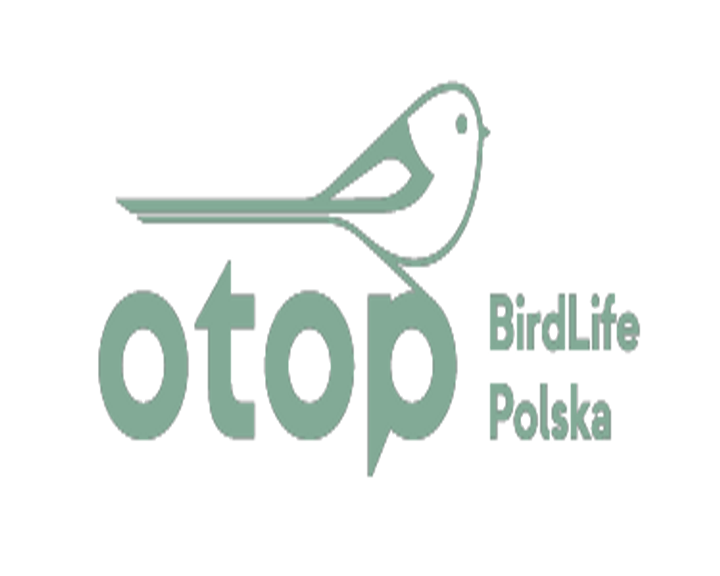
Łukasz Mucha
Materials about the OTOP’s private protected area Mścichy
Here you will find webinars, podcasts, and videos in Polish about the work carried out by OTOP BirdLife Poland in the reserve.
Videos
The OTOP team talks about the Aquatic warbler
Home Page
is approximately 450 hectares of peat bog west of Biebrza National Park, between the park boundary and the village of Mścichy. The area is dominated by communities of common reed grass and low-sedge fen, which are mown once a year, or twice in dry years. The southeastern part of the reserve borders the forest and is covered with reed rushes and common reed grass. In spring, it is flooded by both meltwater and rainfall, as well as the waters of the Biebrza River floodplains. Despite drainage works, this is a living peat bog, and peat deposits (up to 2 meters deep) have been preserved. You can read about the work carried out by OTOP BirdLife Polska on the reserve's website.
Partners
Nature-based solutions in open wetlands restoration for biodiversity, water quality improvement and climate mitigation // 1.10.2024 – 30.09.2025

OTOP BirdLife Poland
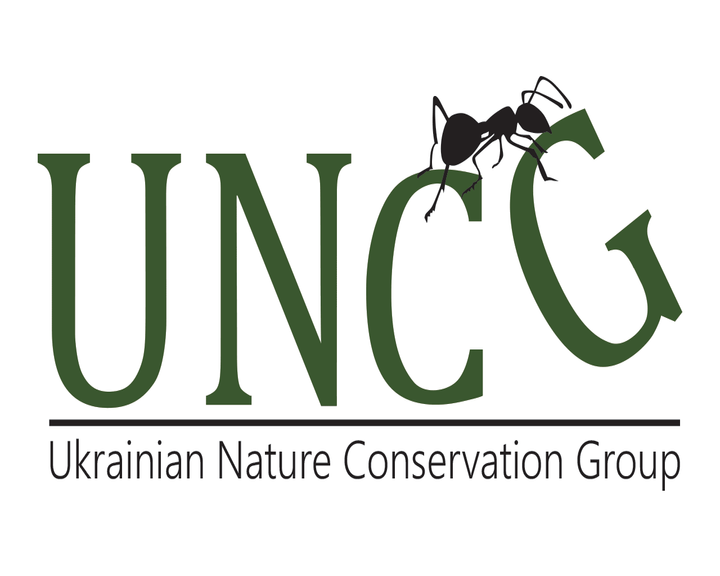
Ukrainian Nature Conservation Group

Snowchange Cooperative


